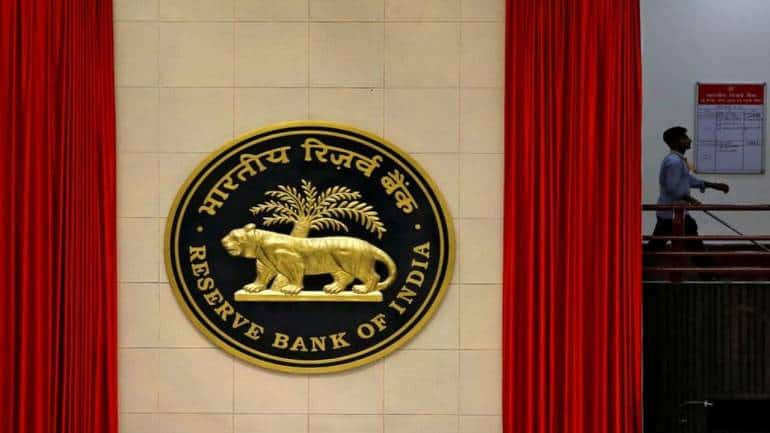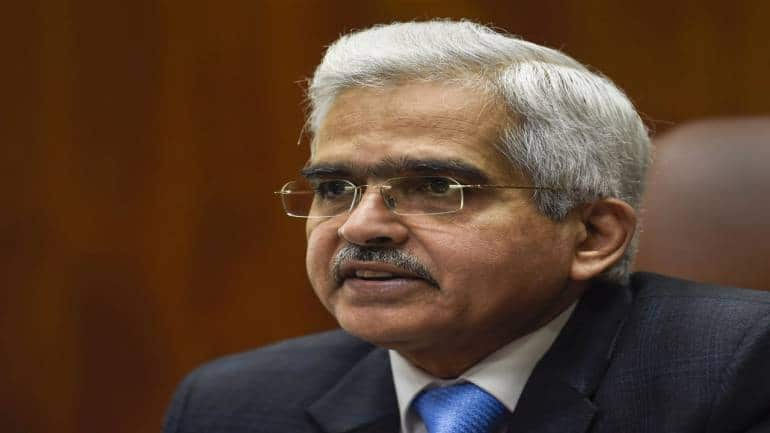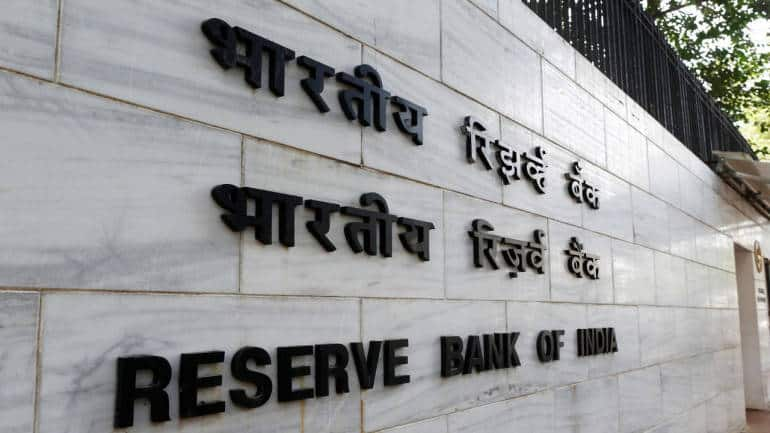December 04, 2020 / 16:03 IST
Monetary Policy LIVE Updates: The Monetary Policy Committee (MPC) on December 4 decided to keep interest rates unchanged. It has maintained the policy stance at "accommodative", amid high inflation and some signs of economic recovery. The MPC made a unanimous decision to keep the repo rate steady at 4 percent, Reserve Bank of India (RBI) Governor Shaktikanta Das said. The reverse repo rate also remains steady at 3.35 percent. Das said the MPC will maintain the accommodative stance "for as long as necessary." Meanwhile, Real Gross Domestic Product (GDP) is projected to contract 7.5 percent in 2020-21, as against an earlier estimate of a contraction of 9.5 percent. And Consumer Price Index (CPI) inflation is forecast at 6.3 percent in Q3FY21, and 5.8 percent in Q4. "Inflation is likely to remain elevated. Signs of recovery are far from being broad-based. A small window available for proactive supply management strategies," the RBI Governor said.
Here are the six key takeaways:
>> Inflation forecast: The RBI governor said inflation is likely to remain elevated with some relief in the winter months. "CPI inflation is seen at 6.8 percent for Q3FY21 and projected CPI inflation is at 5.8 percent for Q4FY21. For H1FY22, projected CPI inflation is seen at 5.2-4.6 percent with risks broadly balanced," said Das.
>> Growth forecast: The RBI governor said the rural economy looks resilient. "Government borrowings have been smooth so far and corporate bond spreads have narrowed to pre-pandemic levels. RBI's role as debt manager and banker to the government was tested to the hilt. Nascent signs of recovery are visible in H2FY21," he said.
He underscored that the signs of recovery are far from being broad-based and dependent on sustained policy support. A small window is available for proactive supply management strategies, Das said. "It was hence decided to maintain the status quo in policy rates. The year 2020 has been extremely challenging and our determination to fight and overcome stood out in this difficult year," Das said.
"Projection for H2FY21 is positive +0.1 percent for Q3 against -5.6 percent earlier and +0.7 percent for Q4 against +0.5 percent earlier. Real GDP growth for FY21 projected at -7.5 percent," said Das.
>> A close eye on financial stability: The RBI governor reiterated that the central bank is keeping a close eye on the financial system of the country. "Near-term financial stability risks have been contained. Portfolio flows into emerging markets have recovered. RBI seeks to quickly recoup employment and output losses. We remain strongly committed to preserving the stability of the financial sector," said Das.
>> Assures ample liquidity: Governor Das highlighted that the bond markets have evolved in an orderly manner, congenial conditions for other segments of financial markets that price financial instruments of G-Sec yield curve have emerged. He pointed out that the bond market conditions evolved in an orderly manner overall. RBI is ready to undertake further measures to assume market access to liquidity.
"RBI is taking measures to reduce volatility, we will continue to respond to global spillovers to secure domestic stability with our liquidity management operations. We will use various instruments appropriately to ensure ample liquidity," he said. The governor said RBI will continue to respond to global spillovers with our liquidity management tools.
>> NBFC regulatory regime to be reviewed: Governor Das said for NBFCs, RBI will put in place criteria for declaration of dividends and their regulatory regime will be reviewed to take a scale-based approach. "The current regulatory regime of NBFC sector warrants a review," he said.
"For the overall financial sector, the RBI will introduce risk-based internal audits in large urban co-operative banks and NBFCs. The RBI will also issue 'Digital Payments Security Control Directions'. We will also form a comprehensive mechanism for complaints against lenders," he said.
>> RTGS facility to be made 24x7: The money transfer tool RTGS facility will be made 24x7, said, governor Das. "Settlement of AMPS, NFS, Rupay and UPI transactions will be allowed all days of the week against earlier five days of the week," said Das.
Most analysts had expected the monetary policy committee (MPC), which sets the key policy rates in India, to retain the rates this week after the three-day meeting (December 2-4). Inflation and growth are the key factors that decide the course of monetary policy. The rate panel takes a view looking at the growth-inflation dynamics. To put it in simply, higher inflation warrants, typically, a tighter monetary policy (hike in key rates) whereas falling economic growth calls for lower interest rates. The idea is lower rates spur demand and economic activity.














